How to become a video game sound designer
The GamesIndustry.biz Academy finds out what it takes to make a living creating soundscapes for virtual worlds
Our guides can help you to find the right path to the games industry job of your dreams. You can read our other in-depth guides on how to get a job in the games industry on this page, covering various areas of expertise.
If you've ever been fully immersed in a game, you probably have quality sound design to thank for it.
Every noise you hear when you explore places like Dunwall in Dishonored or Yharnam in Bloodborne, from the clink of a glass all the way up to the snarls of beasts, needs to be created and implemented by a sound designer.
It's a fascinating role and one that allows you to have a definable impact on the overall quality and creative vision of a game. However, it can be somewhat unclear from the outside looking in what sound designers actually do.
What is the day-to-day reality of sound design?
- Working as part of a larger, multi-disciplined team
The role of a sound designer will vary depending on the type of game you work on and whether you're working in-house with a studio or as an external vendor, audio director at Hi-Rez Studios Andrea Chang explains.
In-house, sound designers interface heavily with the development team, at meetings and otherwise, to ensure the game is achieving its creative vision.
"The more that you can know about the character for what you're designing for, the better the sounds will be"Andrea Chang, Hi-Rez
They can also work as a member of a larger audio team, where designers focus on creating sound assets and implementing them into the game. These other roles vary and can include dedicated audio programmers, technical sound designers, dialogue editors and audio directors like Chang. For an action game like Hi-Rez's Smite, designers start by analysing design documents and doing some research.
"The more that you can know about the character for what you're designing for, the better the sounds will be," Chang explains. "Whether that is the material that they're made of or wearing, or their personality, that's all informative to the sound design."
Sound designer and composer Martin Kvale, known for games like Manifold Garden and the recently released Sable, works as a contractor alongside his work with Krillbite Studio and Noknok Audio.
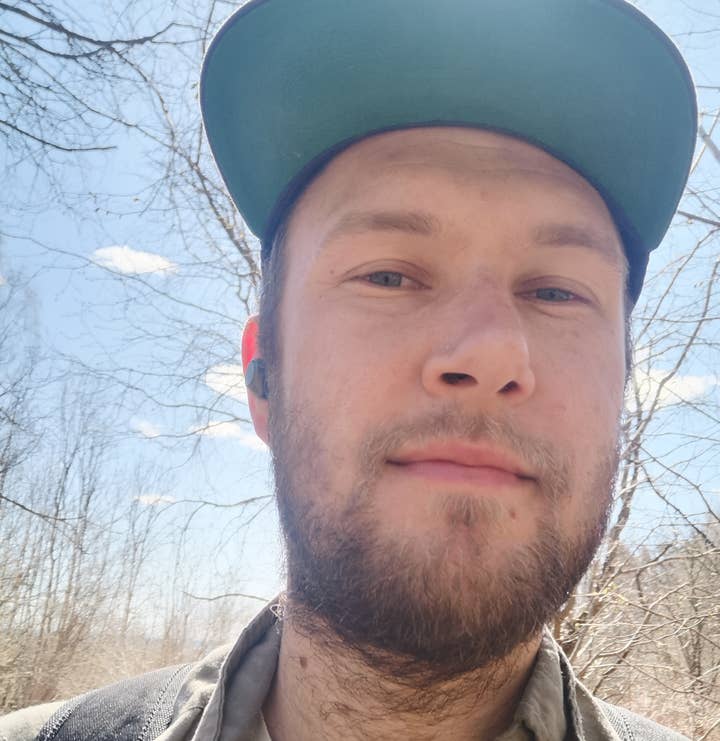
Compared to larger studios, where sound designers may have a specific remit, Kvale says sound designers can also act as audio leads when working on smaller teams. Firstly, he needs to work out his role on a project: are there programmers interested in audio he can work with? Is the creative director hands-on or hands-off with audio? Then, he needs to manage his own time whilst communicating with these different departments.
For Sable, an exploration game set on a desert planet, Kvale worked by himself, and while he needed to work within budgetary restrictions he also had the luxury of taking risks. This allowed him to take a very different approach to a sci-fi soundscape than the likes of Star Wars. The world of Sable is quiet and ambient -- think tent flaps and whooshing sands -- interjected with surreal sounds coming from things like your customisable hoverbike.
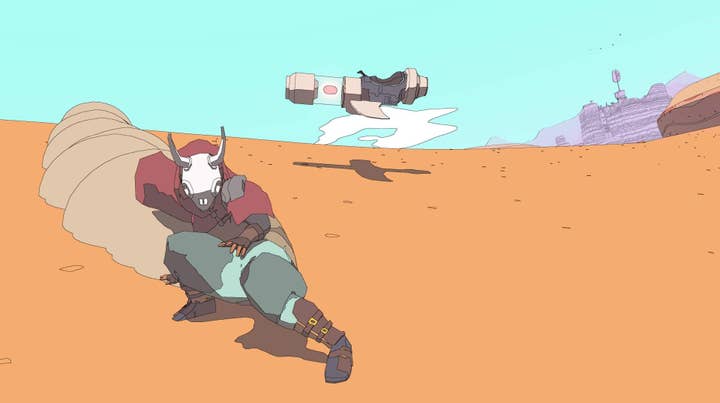
- Brainstorming ideas for audio assets
Designers need to brainstorm ideas to develop a sound kit: how do you communicate magic, for example? Is it light fairy magic, or sinister dark magic? What if a character is made out of ice?
Kirsty Gillmore, an experienced sound designer for audio and theatre and voice director for games, finds the creation aspect of the work thrilling. For the recent audio drama The Sandman: Act II, Gillmore needed to create a sound effect for a floating crystal heart. After trialing variations of multiple sound effects, she incorporated sounds of gore and drops of blood, adding high-frequency filters to achieve a crystalline effect, alongside chimes and heartbeats. Gillmore feels that sound design rewards people who like thinking and creating outside the box.
"Anybody who enjoys that level of creativity, really enjoys diving into sounds, dissecting them and recording interesting stuff and playing around with it," Gillmore says. "Somebody who's creative would really thrive on that."
"It's really adding to whatever is going on visually or mechanically and you're adding that extra thing that really anchors the player into the world."Kate Kelly
Kvale thinks of sound design as making a puzzle game in reverse, seeing the pieces come together as you work on them, and likens the creative flow to composing or performing music.
"I do work very experimentally so I never quite know what I'm doing that day or what I'm working at, but having all these [things] slowly come together and in the end it becomes something like Sable that can make someone feel emotion, that's definitely something that is very mind-blowing to me," Kvale says.
Sound designers must create sounds that work functionally as a part of gameplay. For example, a game might need footstep sounds for every surface type alongside dramatic ultimate abilities. For games, designers often need to implement sound effects themselves, using middleware tools like Wwise.
Although other mediums can have fewer creative restrictions, being involved in the minutiae means that a sound designer can make a big impact on a game. Furthermore, limitation breeds creativity.
"For me, one of the things that I like with games is the fact that you're working with so many departments and your sound doesn't stand alone," sound designer and dialogue editor Kate Kelly, who worked on Psychonauts 2 as a contractor, says during a group interview with Double Fine's senior sound designer Paul O'Rourke and technical sound designer Steven Green.
"It's really adding to whatever is going on visually or mechanically and you're adding that extra thing that really anchors the player into the world."
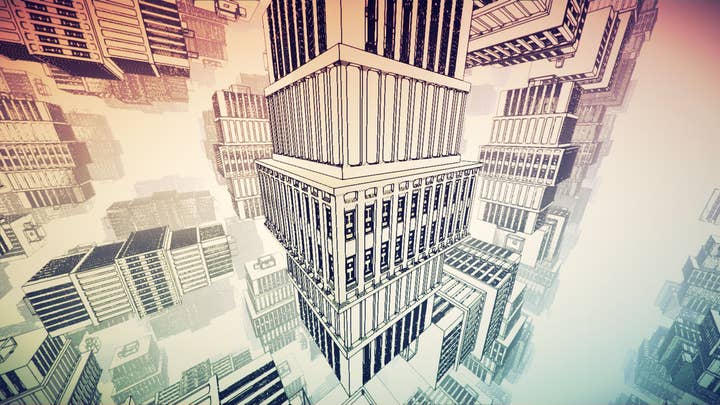
What education do I need?
- Courses can be useful to acquire certain skills
Chang initially studied music composition, but started working on student game projects during a graduate program at the University of Southern California. After gaining experience on around 30 student game projects, and with some help from her programme head, she started freelancing.
"I didn't really know what I was doing at the beginning, but I just jumped in and got my feet wet," Chang says. "I learned a lot and that's how I was like: 'I think this is a more viable path and I'm really interested in it as well'."
However, Chang realised she wanted to further strengthen her sound design and technical skills, particularly since she wanted to work on larger AAA games, and went to the Conservatory of Recording Arts and Sciences in Tempe, Arizona for a Master Recording Program in Audio Engineering. This gave her experience in various fields, like recording musicians and field recordings, alongside game audio.
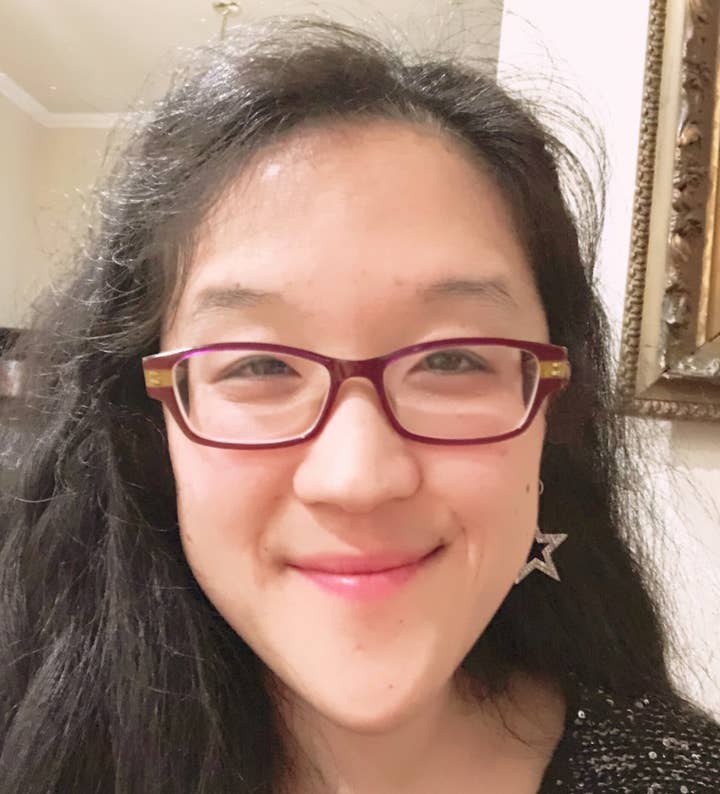
"It filled a knowledge gap for me, in terms of all of the different options out there," Chang says. "After that I felt a lot more technically proficient."
She then landed her first "real industry job" with EA in 2013, working on the ultimately cancelled MOBA Dawngate.
"It definitely is helpful having some schooling if you aren't super disciplined or don't know where to start because there's just so many different things out there. It's a bit more focused and structured and helps you hit the ground running," Chang explains. "That's not to say that you can't do it if you don't go to school, but I would say trade schools are a bit more helpful than a four-year program."
Schools can help students improve their design skills and get proficiency with tools like Wwise and Unreal Engine.
Knowledge of Wwise was the second most desired skill (63%) in an analysis of just under 100 salaried job postings for sound designers conducted by GameSoundCon over a four month period in 2020, just behind experience (69%). Other desired skills include scripting (48%), proficiency with Unreal (41%), a formal education and experience with digital audio workstations (DAW) like ProTools and Reaper.
Chang advises people to learn more about Wwise online through courses available on manufacturer Audiokinetic's website, modules for which are free alongside optional paid tests.
- Getting hands-on experience is crucial
Ultimately, Chang feels there's only so much that you can read about learning sound design: you simply need to jump in and get hands-on with it.
"Experience is number one," O'Rourke agrees. "[Kelly, Green and I] all went to school for audio and I think those were important in our early resumes just to show that we had learned somewhere professionally, but no one's ever asked me to prove that I did go to school. Going forward, I doubt anyone's going to be asking about my school -- they're mostly going to be looking at the body of work that I've done, the projects that I've worked on and how that could apply to what they're doing."
"I doubt anyone's going to be asking about my school -- they're mostly going to be looking at the body of work that I've done"Paul O'Rourke, Double Fine
Kvale studied music and audio production in Norway and travelled to Australia to further study audio production and sound design. When he came back, he dove into student projects and game jams and got his break after working on The Plan and Among the Sleep.
"[This approach] worked for me, but I'm a socially extroverted person," Kvale says. "I built up my career because I was privileged enough to have work that kept me fed and I also had the freedom to go around and travel, to go to game jams and conferences.
He continues: "I don't think it's impossible to get there without that, but it definitely takes more time. But I also think, especially in the last year with the pandemic, it's been amazing to see how people can network through social media. That's a good equaliser for allowing more people to be able to do what I do."
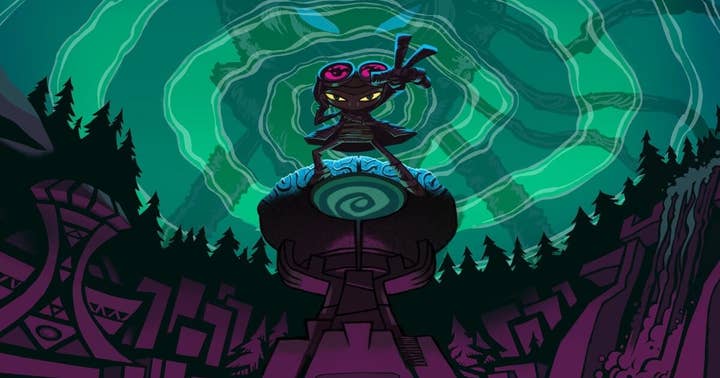
How do I build up my portfolio and get started?
- Make your audio reel stand out
A common mistake O'Rourke sees in sound design reels is someone overdubbing a well-known trailer with their own sounds, an approach he feels can draw unfavourable comparisons. Instead, he recommends people take something less well-known to work with, like a music video, and to focus on smaller, simpler aspects of design rather than dramatic and bombastic effects.
"That really gets my attention when I'm looking at a reel; someone showing they're able to hit all of the different pillars of what go into making a video game, especially examples of them messing around in a software like Unreal or Unity and showing 'hey, here's a little system I built'," O'Rourke explains.

Green actively avoided redesigning trailers starting out, instead creating a reel using gameplay footage of the 2D platformer Limbo and a cube game demo, both of which were running in real-time using his own sound effects.
"[It showed that] I implemented stuff into these games," Green says. "Yes, it was hand fed to me, but it wasn't a redesign, it was like: 'I'm actually doing this', and I think that stood out at the time. The big thing that I feel like I've learned along the way is to be unique: definitely don't follow the trend as much as possible."
Kelly adds that designers should tailor their reels for the type of game they're applying for -- a reel for an indie game will sound very different than one for a AAA action game. For example, she ended up redesigning the audio of gameplay from the puzzle platformer Snake Pass for her reel.
"I just ended up going through Steam and finding games that I liked the aesthetic of or would like to be working on, and then did a re-design of that," Kelly explains. "It's a pretty powerful thing being able to show 'here's your sounds in the game', but if you don't have that or if you want to show something different then that's the runner up -- doing a video of gameplay and then adding your sounds."
- Networking is important, but don't force it
When asked if she has any important advice to mention, Kelly simply answers: "Make friends."
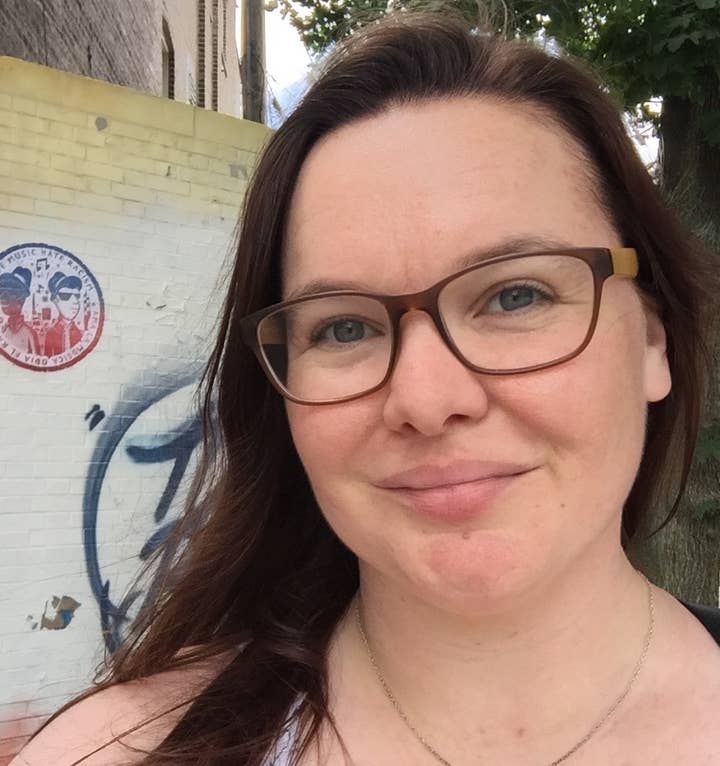
O'Rourke agrees: "Networking is a huge part of the entertainment industry. You know that saying, 'It's who you know...'"
He notes that reaching out to people working on projects and volunteering your time at events can help put you out there. However, he advises against being too aggressive in your approach: focus on making friends first and foremost at events, rather than getting a job, and it might pay dividends when you send out applications in the future.
For example, Kelly has worked as a conference associate with the annual Game Developers Conference, which allowed her to connect with various industry figures.
"Just being a familiar face makes a big difference," she says. "Just showing up is a big part of it, even if you're not being super active."
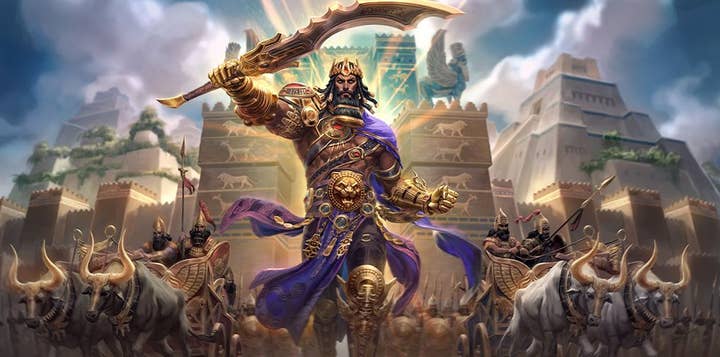
What skills do I need to be a game sound designer?
- A core knowledge of sound design and good communications skills
If your goal is to get a job and make a living as a sound designer, O'Rourke emphasises the importance of learning as many new skills as possible.
"You should work on your implementation skills, learning the middlewares, learning the different programs people are using. If you notice all the applications are looking for Unity or Unreal experience, go learn those tools as much as you can," O'Rourke says.
For example, a big-budget game like The Last of Us Part II may require designers who know more about audio engineering, the process of recording and mixing audio, and having these skills would act in your favour for these roles.

"The more proficient you are at all these things, then the better positioned you are when a position comes around," O'Rourke concludes.
Although Gilmore says that you can't simply sidestep into game audio from different mediums, she feels that sound design for games shares many core skills with sound design for other mediums.
"You need to know how sound works," she says. "Being able to handle things like signal flow and knowing how compression works -- not just with a plugin, but how EQ works, how dynamics processing works, what does noise floor mean: all these basic sound concepts."
Kvale feels that communication skills are paramount, particularly since sound design is often a more integrated part of the creation process for games versus more linear mediums like film. Additionally, you always need to bear in mind the functionality of your audio in a gameplay context.
"An average sound can sound way better than a good sound as long as it's put in in a good manner," Kvale says.
Additionally, he notes that while it's not strictly necessary, understanding some programming gives sound designers a better idea of how much work their ideas will take for programmers to implement, which is particularly important when working on games with small budgets.
- Composition is useful but not mandatory
Composition skills were listed as required or preferred skills for 23% of jobs analysed by GameSoundCon in 2020, and many of our interviewees have an educational background in music. However, it's not strictly necessary to be musical to get started in sound design.
Although Chang does utilise her musical knowledge when making decisions about the overall style and direction of a game's music alongside a composer, she feels that it's not as important a skill for pure sound design.

"Focus on the implementation side of things. If you are implementing music into the game, you need to understand generally how the structure of game music works, how loops work and how music events happen in the game and how they're triggered," Chang advises. "It's more of the structural part of it that a sound designer needs to know versus 'How do you write a pretty song?'"
It's also worth considering that some sound design roles lean more heavily into the technical aspect of the work. As a technical sound designer, Green implements sounds and ideas into games, ensuring that they function correctly and are realised as the sound designers intended.
"It might just be a personality thing, but I like it when things work: I don't like it when things are broken," Green laughs. "I'm literally not a composer -- I can't make music for my life -- and while I'm confident in my sound designing skills, I just enjoy making sure things aren't broken. I like organisation."
- Make sure you're working at a consistent and healthy pace
It's also important to simply keep tabs on yourself, particularly as a contractor. Kvale admits that there can be a sense of needing to be on a project all the time, a juggling act exacerbated by the fact that games often bottleneck their release dates for specific time periods: he once had six games he'd worked on come out in six weeks.
"When you listen to Sable and Manifold Garden, what you're hearing is hundreds of hours of small adjustments being made, big strokes being decided on and slowly filed down to fit better"Martin Kvale
He recommends that designers implement a structured approach, working continuously and evenly whilst giving themselves time to fail, and have a support network of friends and colleagues to avoid burning out.
"When you listen to Sable and you listen to Manifold Garden, what you're hearing there is hundreds and hundreds of hours of small adjustments being made, big strokes being decided on and slowly filed down to fit better," he continues. "Everything that ends up in there has many, many small revisions and small fixes, and that comes from just being able to do it a little bit each day and keep on doing it a little bit each day."
More GamesIndustry.biz Academy guides to Working in Games
Our guides to working in games cover various perspectives, from hiring to retention, to landing the job of your dream or creating the right company culture:

